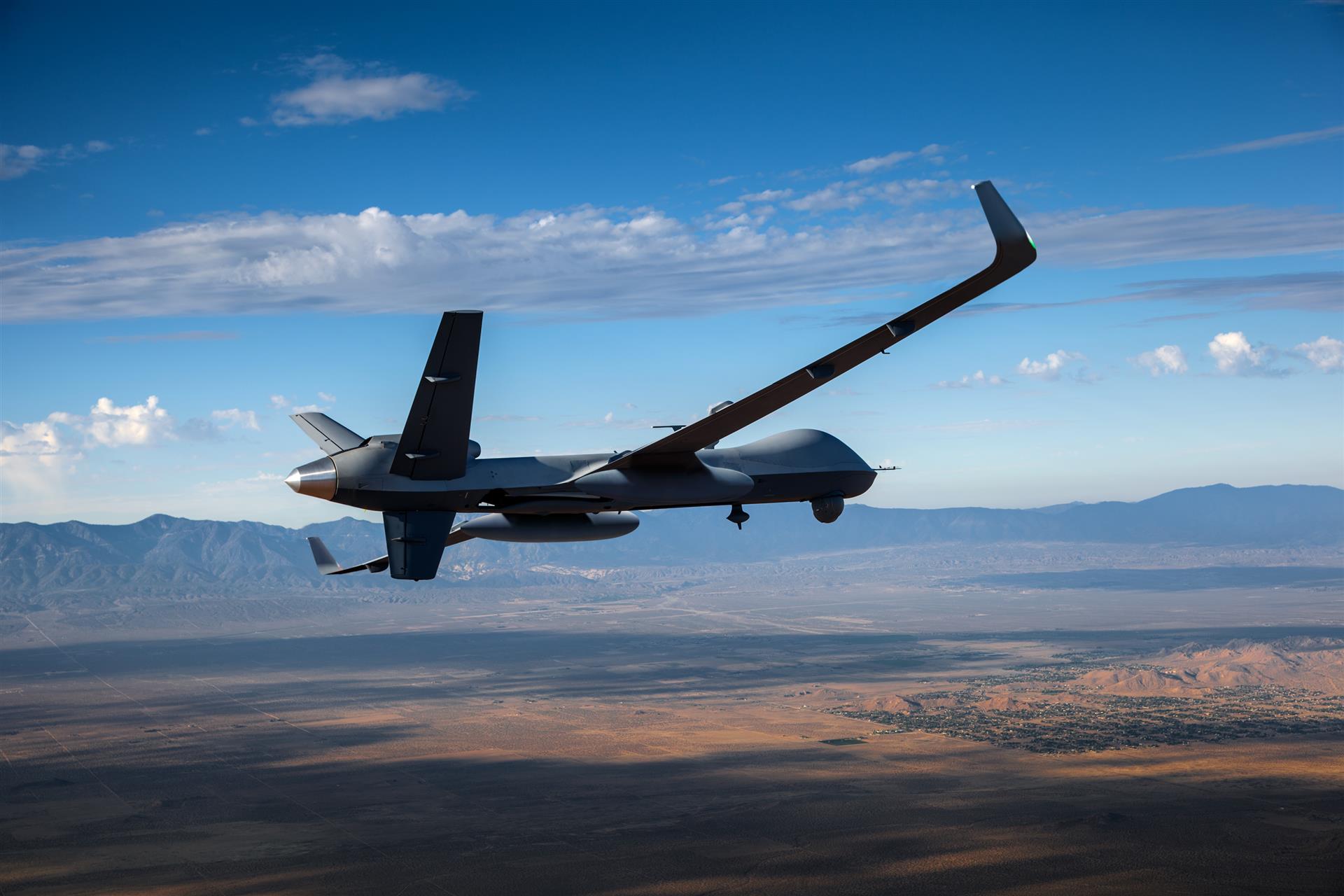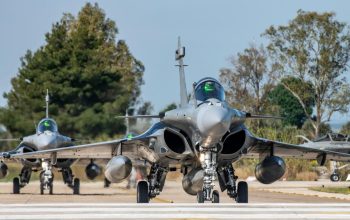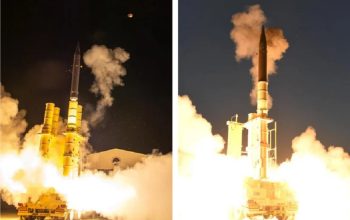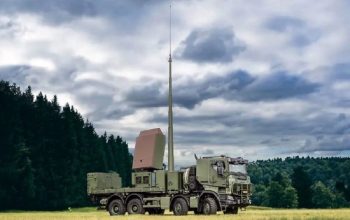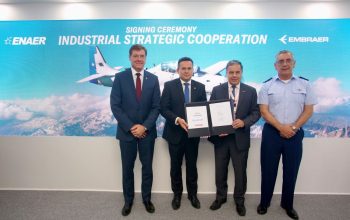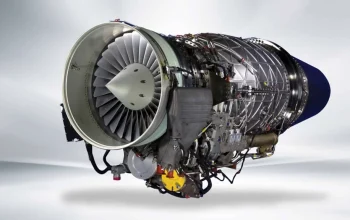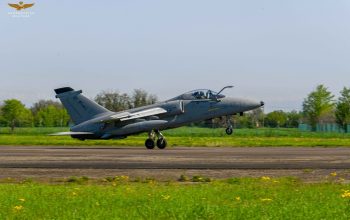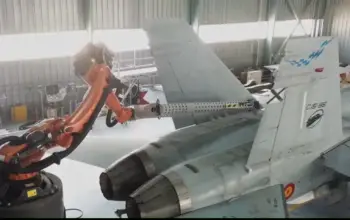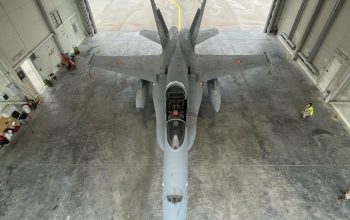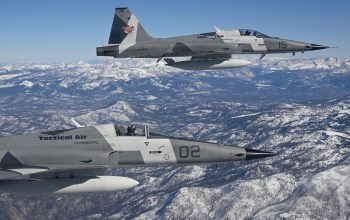General Atomics Aeronautical Systems Inc., Poway, California, has been awarded a not-to-exceed $27,790,850 amended undefinitized contract action for the France MQ-9 Block 5 weaponization and Foreign Military Sales (FMS) Pod integration effort. This contract provides for the weaponization of the French Air Force MQ-9 Block 5 aircraft and integration of the FMS Pod onto the French Air Force MQ-9 Block 5 aircraft. Work will be performed in Poway, California, and is expected to be completed Sept. 30, 2021. This contract involves 100% FMS to France. Foreign Military Sales funds in the amount of $4,862,088 are being obligated at the time of award. U.S. Air Force Life Cycle Management Center, Wright-Patterson Air Force Base, Ohio, is the contracting activity (FA8620-20-F-2390 P00003).
The General Atomics MQ-9 Reaper (sometimes called Predator B) is an unmanned aerial vehicle (UAV) capable of remotely controlled or autonomous flight operations developed by General Atomics Aeronautical Systems (GA-ASI) primarily for the United States Air Force (USAF). The MQ-9 and other UAVs are referred to as Remotely Piloted Vehicles/Aircraft (RPV/RPA) by the USAF to indicate their human ground controllers. The MQ-9 is the first hunter-killer UAV designed for long-endurance, high-altitude surveillance. The turboprop-powered, multi-mission MQ-9A Remotely Piloted Aircraft (RPA) was developed with GA-ASI funding and first flown in 2001. MQ-9A “Reaper” is a highly sophisticated development built on the experience gained with the company’s battle-proven Predator RPA and is a major evolutionary leap forward in overall performance and reliability.
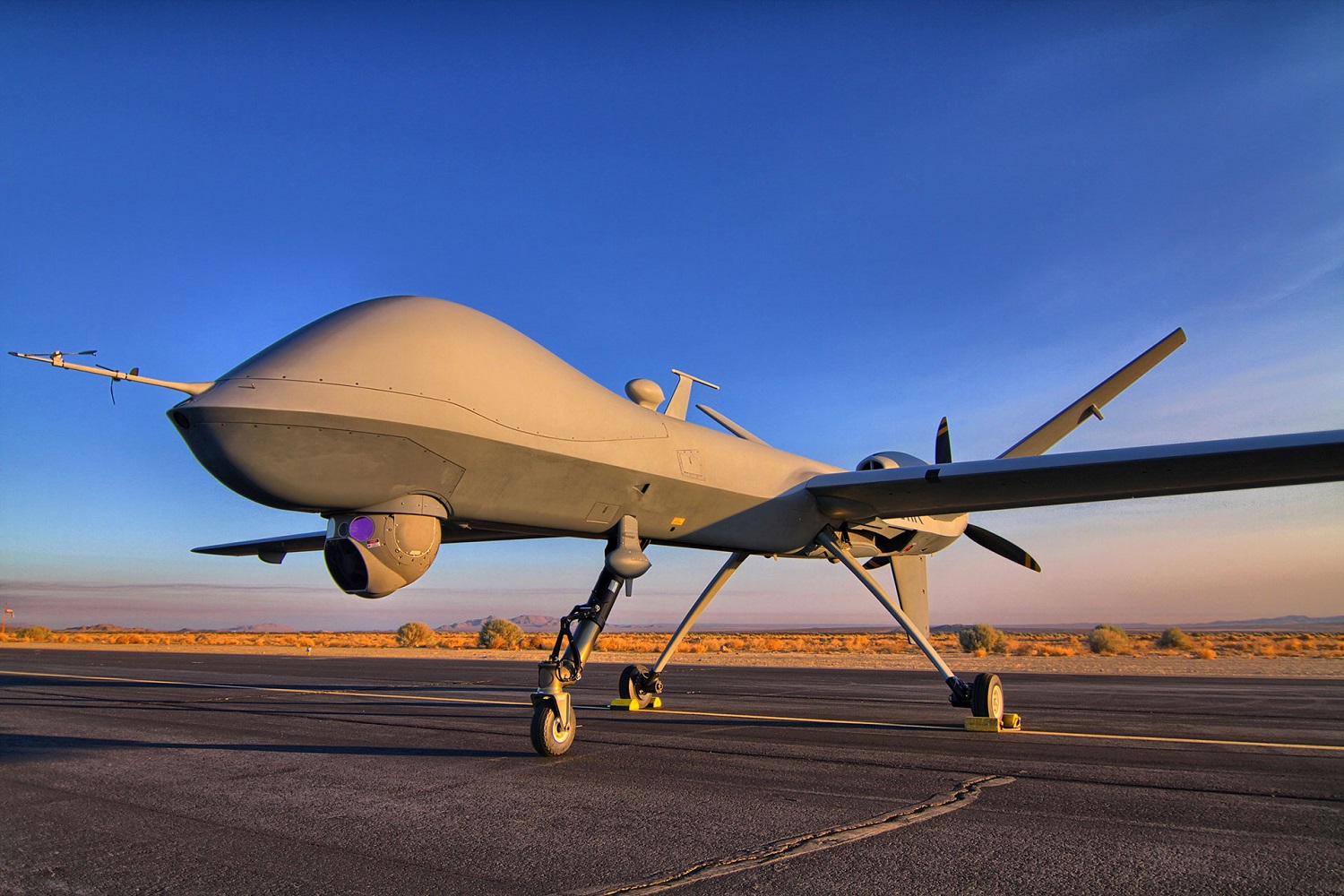
MQ-9A was designated “Reaper” by the U.S. and Royal Air Force, but has become the widely used name for any Predator B equipped with weapons. Featuring unmatched operational flexibility, MQ-9A has an endurance of over 27 hours, speeds of 240 KTAS, can operate up to 50,000 feet, and has a 3,850 pound (1746 kilogram) payload capacity that includes 3,000 pounds (1361 kilograms) of external stores. The aircraft carries 500% more payload and has nine times the horsepower. It provides a long-endurance, persistent surveillance/strike capability for the war fighter. MQ-9A is powered by the flight-certified and proven Honeywell TPE331-10 turboprop engine, integrated with Digital Electronic Engine Control (DEEC), which significantly improves engine performance and fuel efficiency, particularly at low altitudes.
The aircraft is capable of carrying multiple mission payloads to include: Electro-optical/Infrared (EO/IR), Lynx® Multi-mode Radar, multi-mode maritime surveillance radar, Electronic Support Measures (ESM), laser designators, and various weapons and payload packages. MQ-9A continues to improve and evolve, making it more relevant for its customers’ emerging needs. The MQ-9A Extended Range (ER) was designed with field-retrofittable capabilities such as wing-borne fuel pods and a new reinforced landing gear that extends the aircraft’s already impressive endurance from 27 hours to 34 hours, while further increasing its operational flexibility. To date, the MQ-9A has been acquired by the U.S. Air Force, U.S. Department of Homeland Security, NASA, the Royal Air Force, the Italian Air Force, the French Air Force and the Spanish Air Force.
Gallery


